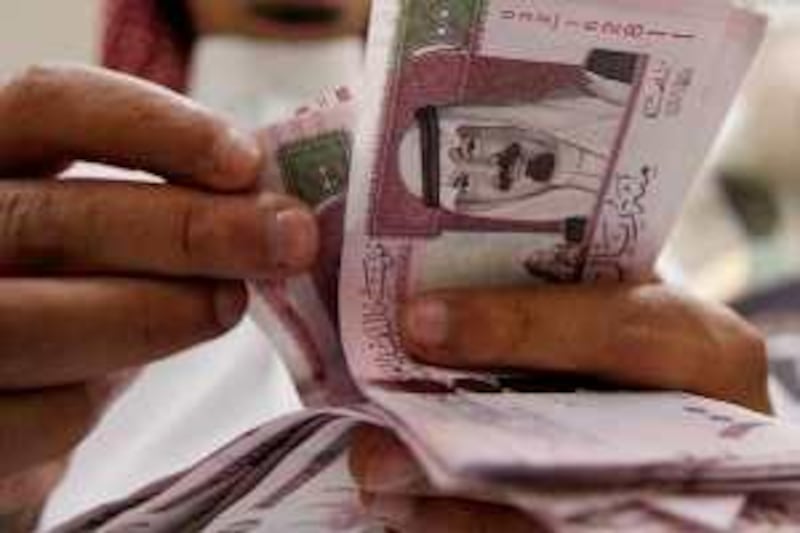Saudi Arabia’s foreign reserves, which rose to more than a one-year high in April, are expected to continue climbing in the medium term thanks to privatisation plans, inclusion in emerging markets benchmarks and higher oil prices, according to Japan’s biggest lender, Mitsubishi UFJ Financial Group.
Net foreign assets at the Saudi Arabian Monetary Authority, the kingdom’s central bank, grew $13.3 billion month-on-month in April, official data showed this week.
“We view that the inclusion of Saudi Arabia in the FTSE and MSCI EM indices, along with privatisation plans which are likely to come to fruition in 2019, will lead foreign exchange reserves to continue rising over the medium-term,” said the report from MUFG on Thursday.
“The sharp increase in April was primarily due to current account surpluses (owing to a rise in oil receipts) and foreign borrowing.”
The reserves had declined over the last three years from their August 2014 peak of $737bn due to draw downs to plug a fiscal deficit shortfall that reached a record in 2015.
However, the government has narrowed its fiscal deficit, introduced taxes and cut spending over the last three years to help slow the draw down of reserves. It also issued in April $11 billion in international bonds and started a domestic sukuk programme last year to diversify its sources of funding the deficit.
Saudi Arabia, the world’s biggest oil exporter, is revamping its economy under the overarching Vision 2030 programme to cope with the low oil price environment. The country’s reforms, which include changes to stock market regulations, are expected to help it gain inclusion in index complier MSCI widely-tracked emerging market index. Rival FTSE Russel already announced plans to include it in its emerging market benchmark. The inclusion, which is expected to be announced next month, will trigger $15-$30bn in inflows over the next 12 months, according to MUFG.
The government is also plans to privatise some prized assets, including a share float of 5 per cent of Saudi Aramco, the world’s biggest oil producer.
“Moreover, key privatisation plans, such as the Aramco IPO, as well as IPO and public-private participation (PPP) initiatives in sectors such as in transportation, leisure and utilities, could all generate higher inflows, however this will likely come to fruition from 2019 onwards,” MUFG said.
“Saudi Arabia continues to remain well-positioned to withstand its challenging operating environment, noting that the fiscal breakeven price is $87.9 per barrel this year and is able to continue financing fiscal deficits and the investment programme in line with Vision 2030.”






